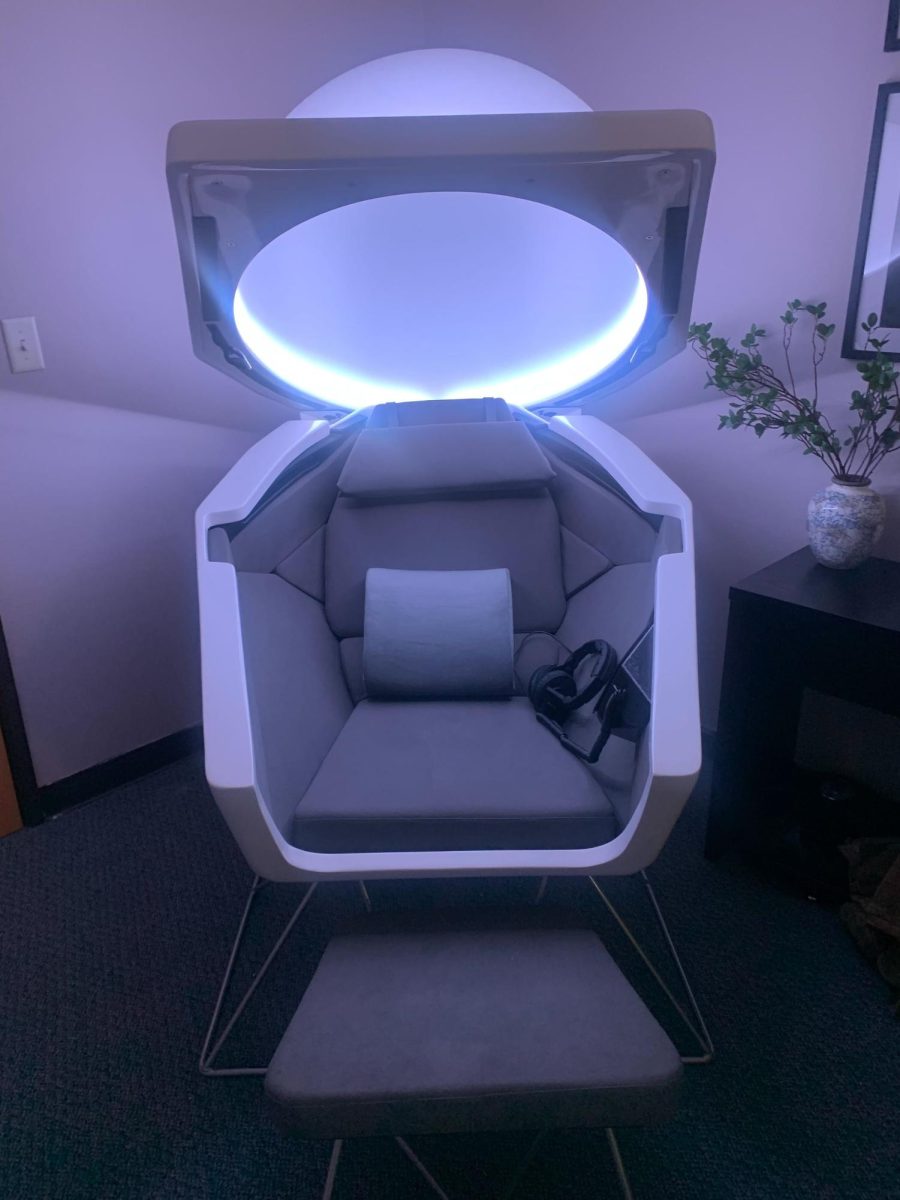Opinion: Am I not old enough to make decisions about how I take notes in class?
———-
By this point in the term, I imagine you’ve come to expect yet another article about a silly trend I don’t like. I’m picturing you on the edge of your seat waiting to see which harmless fad Sadie Tresnit, world-renowned hater of fun, will take down next. I don’t want to disappoint, but my topic for this column isn’t quite as lighthearted. I’m digging into my deep-seated hatred for the bane of my academic existence: Cornell notes.
Most college students today know what I’m talking about. But, for anyone fortunate enough to have avoided this torture so far, Cornell notes are a system of notetaking that rely on dividing up a piece of paper in a laughably wasteful way. A small column on the left of the page is used for key ideas and questions, while the larger right column is for useful information. The bottom few lines of the page are left open for a summary.
While this method seems organized and convenient on paper, it wastes time and effort in practice. The left column seems frustratingly useless, and its existence makes the column of actual notes smaller. While the summary at the bottom makes these notes easier to review in preparation for tests, it also means there’s less space for unique information on the page.
In my experience, Cornell notes are one of the worst methods for retaining information. I find I focus so much on maintaining the structure and not running out of room for the summary at the bottom of the page that I’m not able to write down every detail I’d like to include. I’m left with extra space in the left column and tiny, squished words on the right. It’s common to hear that Cornell notes are the best or most effective method for taking notes, but studies on the system don’t conclusively agree. I can say from experience hearing people praise Cornell notes just makes me hate them more when I know they don’t work for everyone. There’s a major disconnect between what websites full of study tips claim and what students actually think.
Since I’ve only ever had to write Cornell notes in classes where my notes are graded, I have a theory that teachers and professors only use them because it’s easy to see whether they’ve been completed. I was sure I was done with them for life when I finished high school. Freshman year passed without a hint of them, and I thought I was in the clear. That changed for me at the beginning of this year when I learned I would be stuck writing and submitting Cornell notes to Canvas yet again.
I was only marginally annoyed at first, but the more I think about it, the more it bothers me. Isn’t gaining independence in an academic environment one of the main points of college? If I’m old enough to work and have an apartment, shouldn’t I be old enough to decide how to take notes in class? I understand that professors want to make sure students are keeping up, but this feels like an overstep. Anyone who’s made the decision to pursue higher education, especially in an upper level class, should have a notetaking method that works for them at this point.
When you think about it for more than two seconds, of course it makes sense that Cornell notes are so unpopular with students. Everyone learns in different ways, and naturally students take notes in different ways as well. I’m a fan of simple bullet points that fill up an entire page, but a quick online search reveals a multitude of different methods. There’s something for everyone, and we shouldn’t be forced to take notes that slow us down, limit the amount of information we remember and make us count the days until the end of the term.













